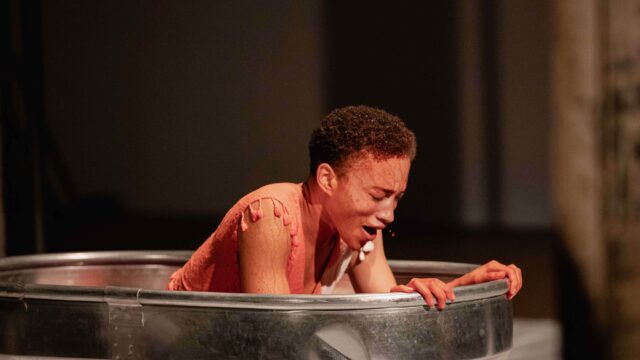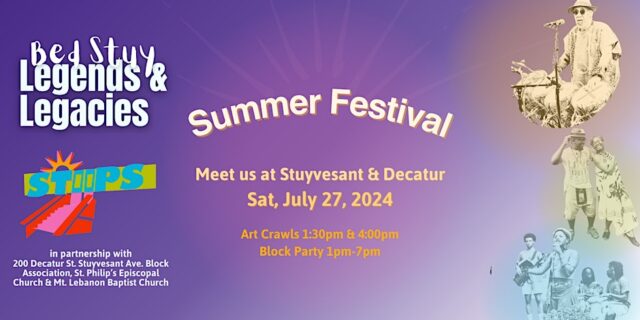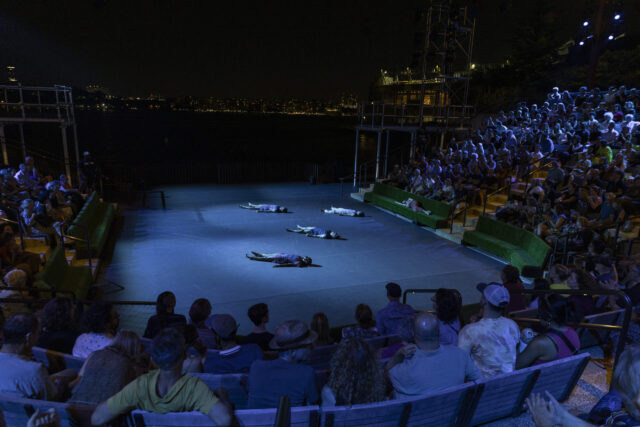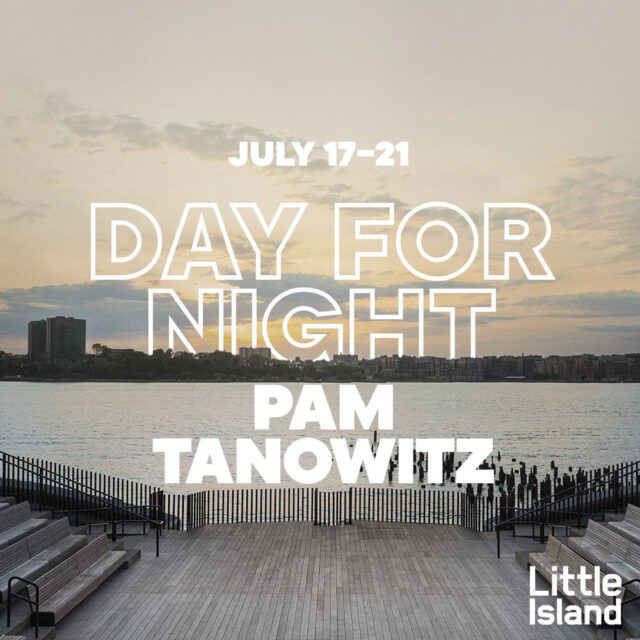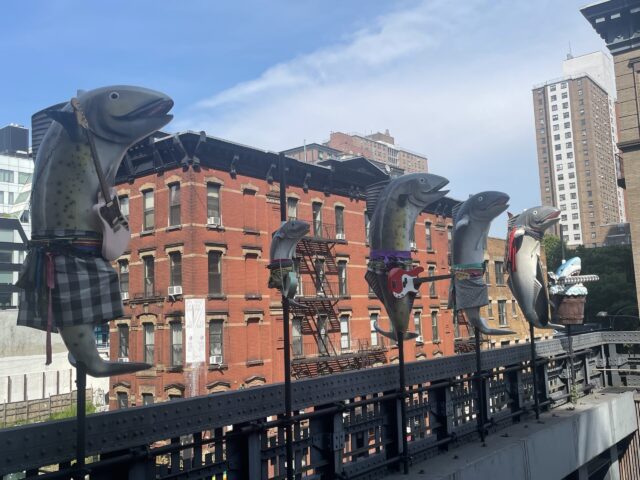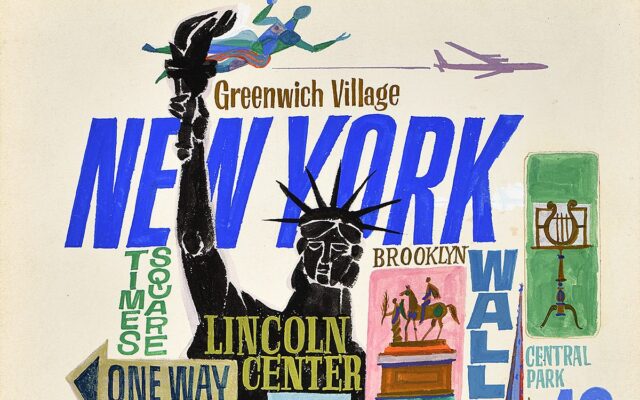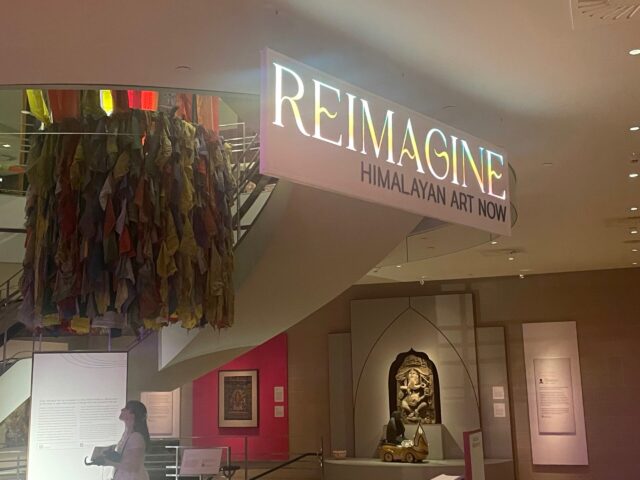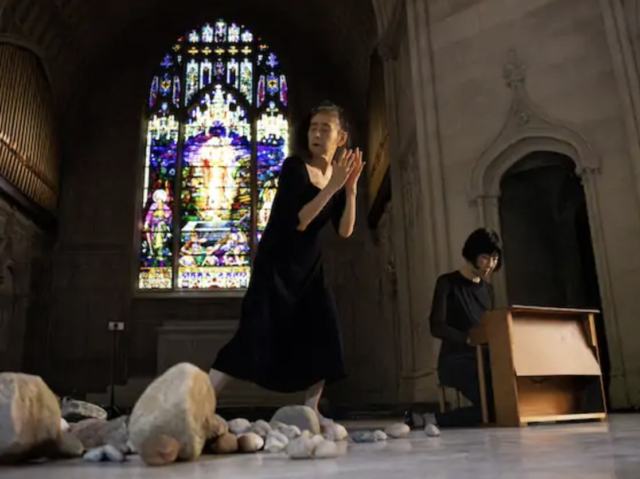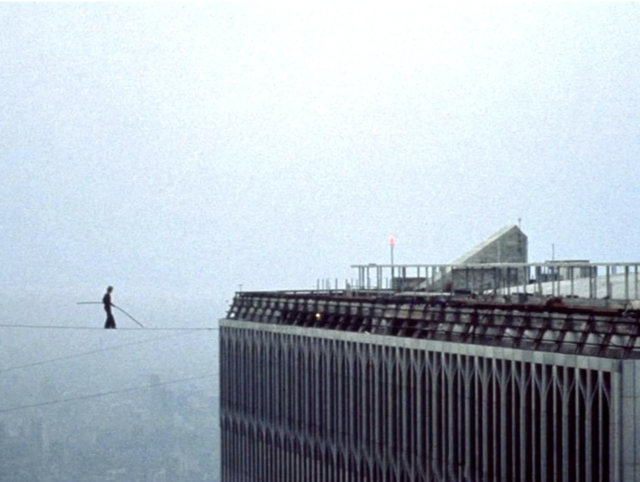
Philippe Petit will look back at his historic walk between the Twin Towers at special events at St. John the Divine (photo courtesy Man on Wire)
Who: Philippe Petit, Sting, Anat Cohen, Molly Lewis, Sophie Auster, Tim Guinee, Lorenzo Pisoni, Evelyne Crochet, Shawn Conley, James Marsh, Michael Miles, and students of Ballet Tech
What: Live performances celebrating fiftieth anniversary of Twin Towers high-wire walk
Where: The Cathedral Church of St. John the Divine, 1047 Amsterdam Ave. at 112th St.
When: Wednesday, August 7, and Thursday, August 8, $50-$500 (VIP $1800), 8:30
Why: It was an unforgettable moment in my childhood. On August 7, 1974, French tightrope artist Philippe Petit, six days shy of his twenty-fifth birthday, pulled off what he called “le coup”: After six years of secret planning, he snuck up to the top of the South Tower of the recently built World Trade Center and walked on a 131-foot-long wire he had strung to the other, 1,350 feet aboveground, traversing it eight times over forty-five minutes using a balancing pole. The crossing was completely unauthorized; spectators and security officers alike were stunned. It was a spectacular achievement that went viral well before there was anything like social media. It was all over the news, on television and in the papers, and it was all anyone was talking about.
“This is probably the end of my life to step on that wire,” Petit says in James Marsh’s 2008 documentary, Man on Wire. “Death is very close.”
The Twin Towers opened on April 4, 1973, and were destroyed on September 11, 2001.
Petit has also walked the high wire at the Sydney Harbour Bridge, the Louisiana Superdome, the Centre Georges Pompidou, the Paris Opera, the Museum of the City of New York, the Eiffel Tower, and locations in Jerusalem, Tokyo, Vienna, Frankfurt, Belgium, Switzerland, and numerous US cities. In 1982, 1992, and 1996, he performed the feat at the Cathedral Church of St. John the Divine, where he has been an artist in residence for more than four decades.
On August 7 and 8, in honor of the fiftieth anniversary of his World Trade Center walk, called the “artistic crime of the century,” Petit has conceived and directed “Towering!!,” a special two-night multidisciplinary happening consisting of nineteen scenes at the cathedral, where he will be joined by clarinetist Anat Cohen, musical whistler Molly Lewis, singer-songwriter Sophie Auster, actors Tim Guinee and Lorenzo Pisoni, classical pianist Evelyne Crochet, bassist and composer Shawn Conley, musician, author, and educator Michael Miles, and students from Ballet Tech dance school.
Petit, who turns seventy-five on August 13, will walk the high wire and share stories about his WTC adventure. In addition, his good friend Sting will play three songs, including “Let the Great World Spin,” which was written specifically for this event, and Marsh will debut a short film about Petit.
Limited tickets are still available for several sections as well as VIP seating, which comes with Champagne and dessert with Petit after the performance. Part of the proceeds support programs at the cathedral and the preservation of Petit’s archives.
[Mark Rifkin is a Brooklyn-born, Manhattan-based writer and editor; you can follow him on Substack here.]
